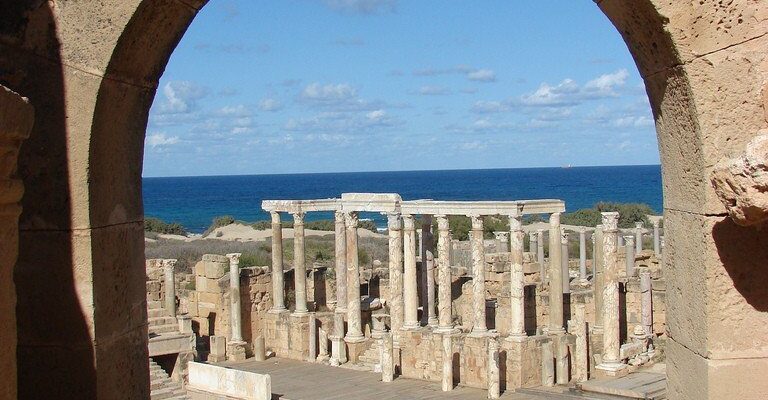The ancient city of Leptis Magna
Leptis Magna is a UNESCO World Heritage Site in North Africa, in the Tripolitan region of Libya. Founded by the Phoenicians as early as the 10th century BC as a trading port, it survived colonization by the Spartans, became a Roman city, and finally became part of the new Roman province, Africa, around 23 BC
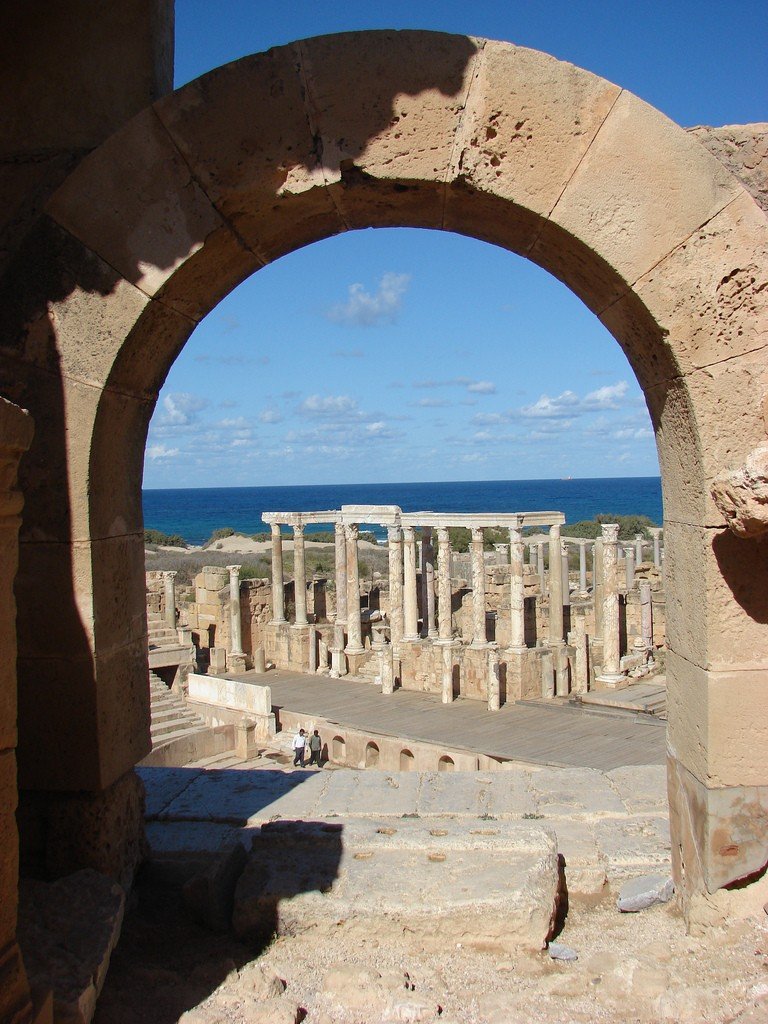
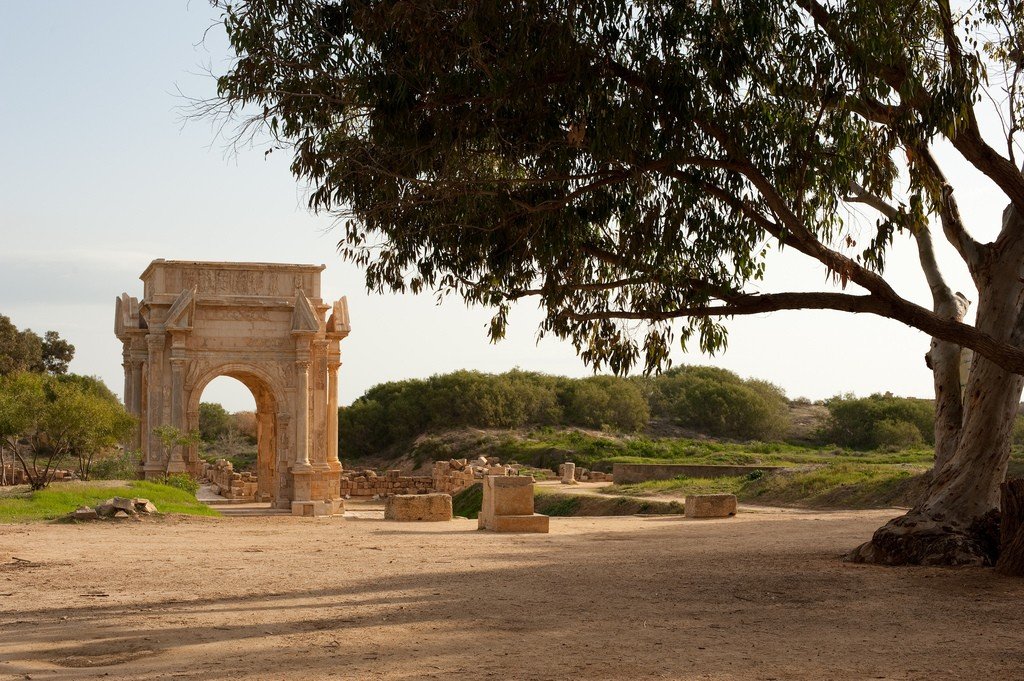
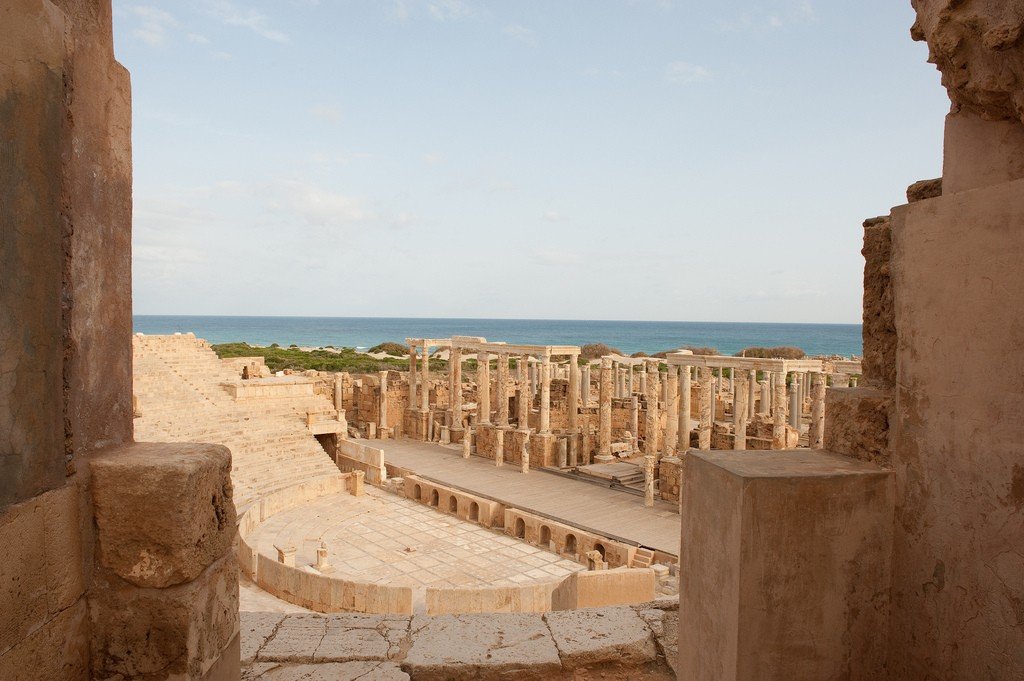
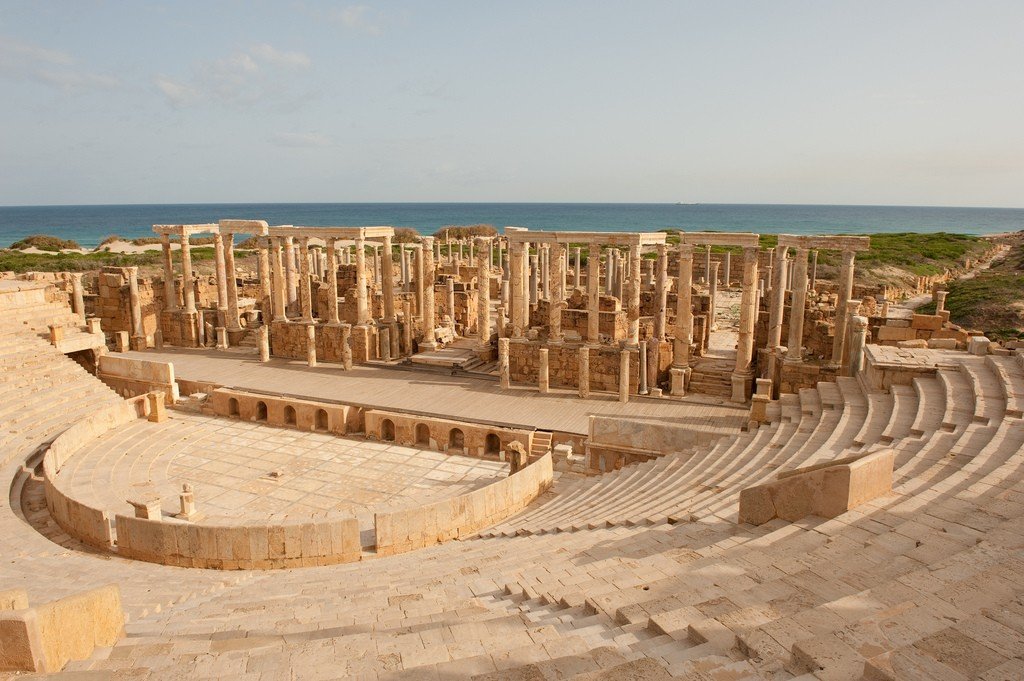
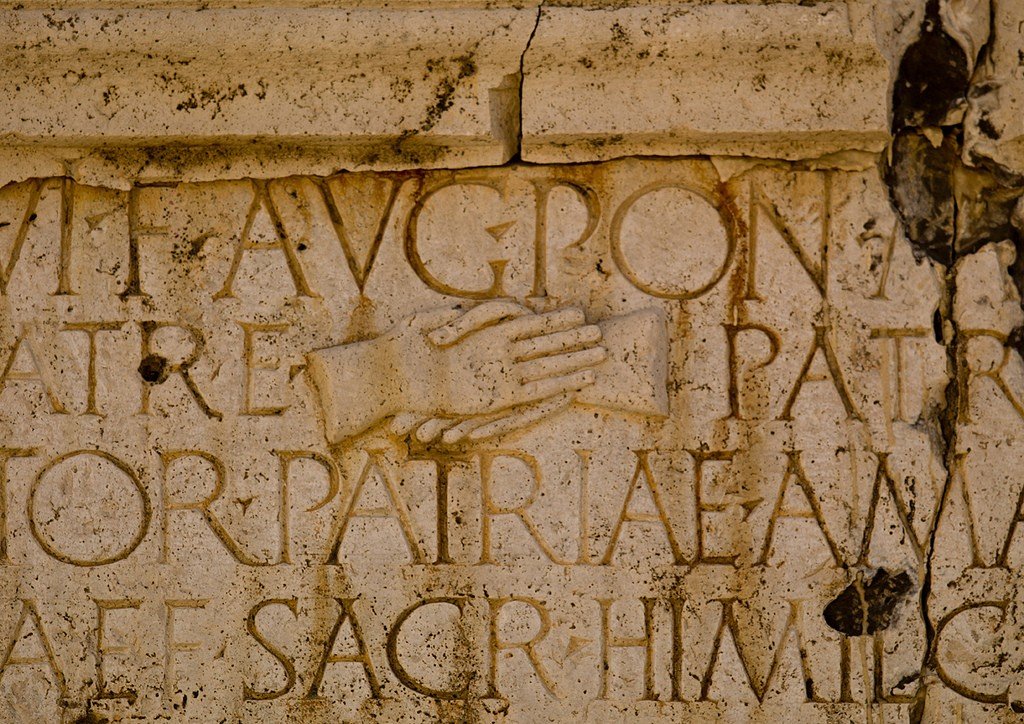
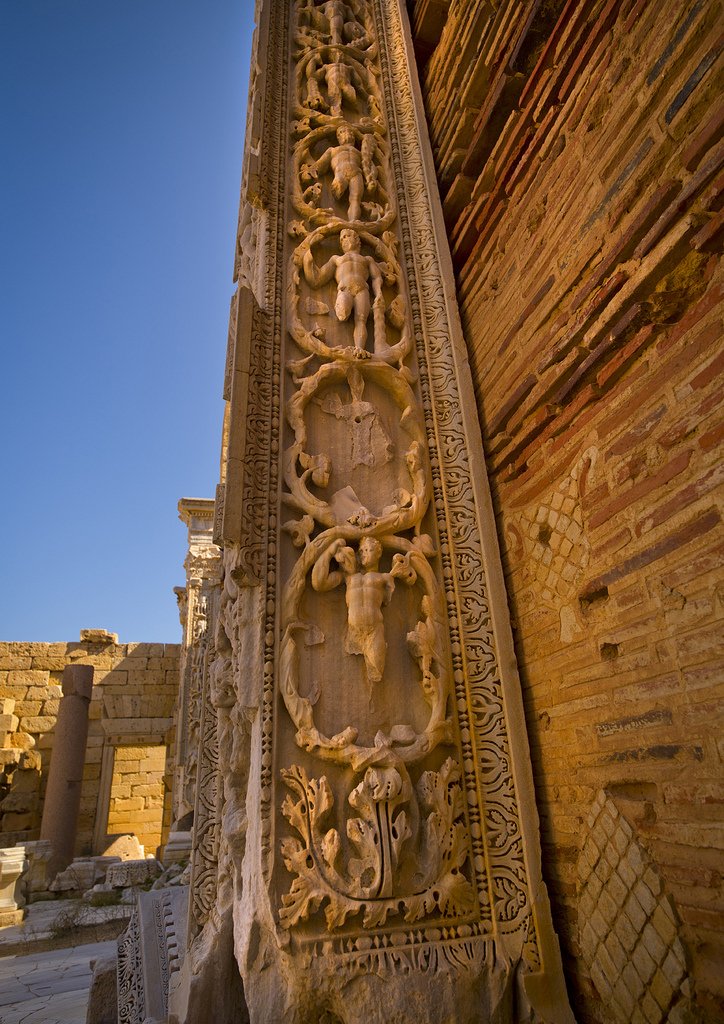
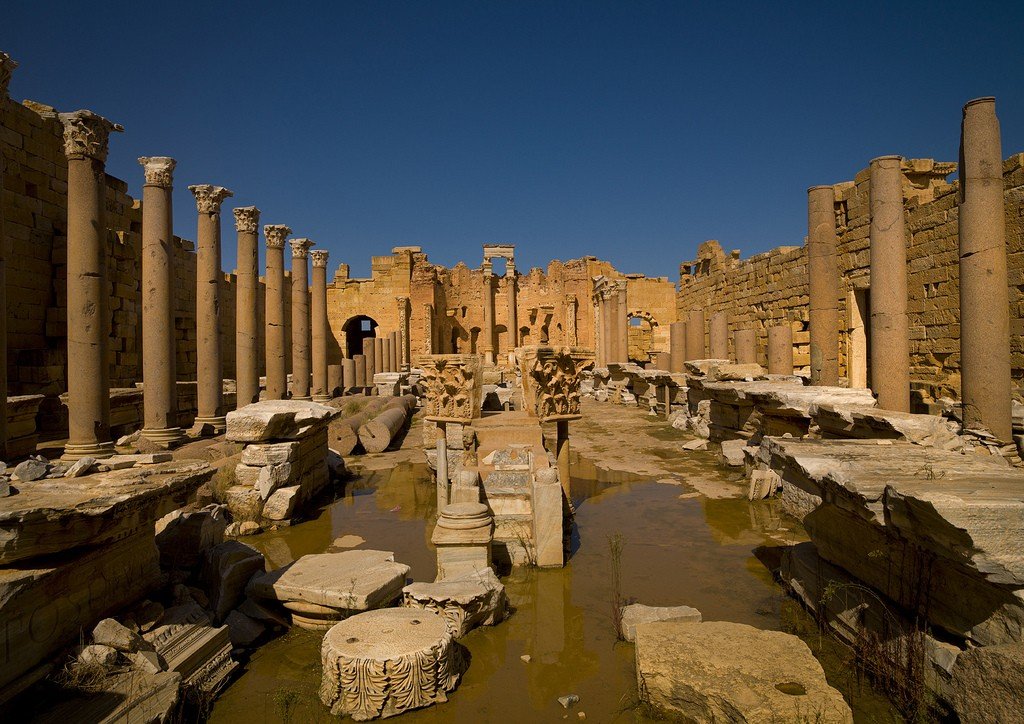

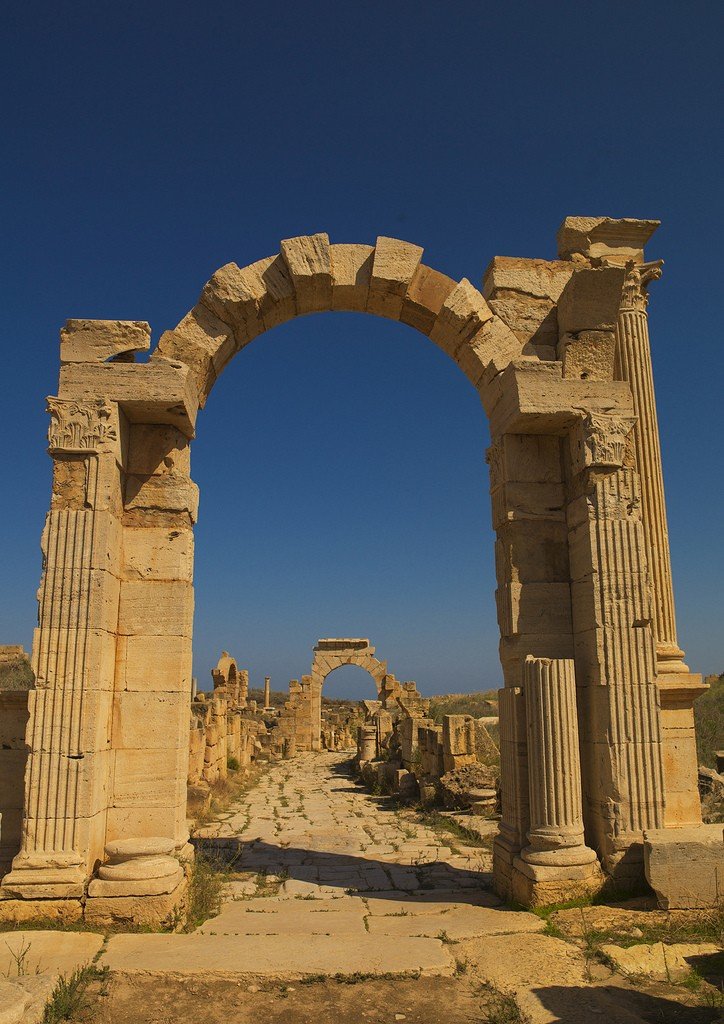
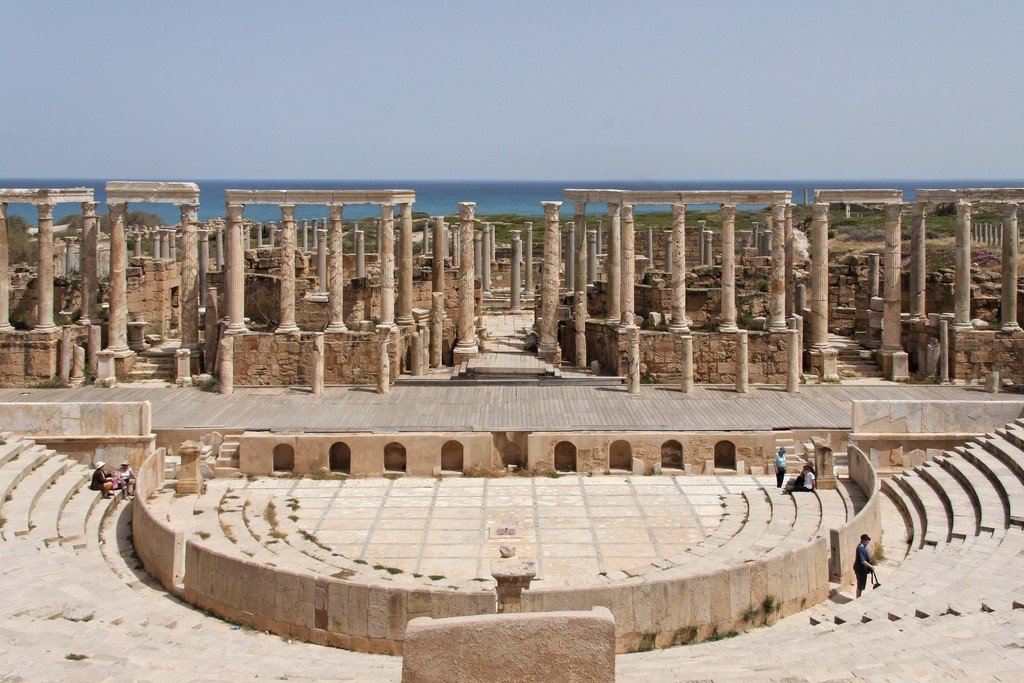
General Information
The stunning city of Leptis Magna, a prominent center of commerce, culture and crafts, was built in the traditionally Roman style.
Olive cultivation contributed to the city’s prosperity, and Julius Caesar taxed the city in 46 BC: three million pounds of olive oil per year.
.The thriving city was sacked by the Berbers in 523, after which it was abandoned. A wide variety of materials were used in the construction of the city at different periods of history. In the 1920s, the magnificent remains of the city were discovered, perhaps the most majestic of the surviving Roman ruins.
Archaeologists excavated a large theater built in the first century, under which is a cemetery dating perhaps to the fourth or third century B.C. The Roman buildings of the second and early third century are particularly well preserved – among them the elegant Thermae of Hadrian, the forum and the basilica erected during the reign of Emperor Septimius Severus (193-211).”
.Despite the good condition of the monuments, Leptis Magna remains a place little known to tourists. The city is mainly of interest to professional archaeologists.
